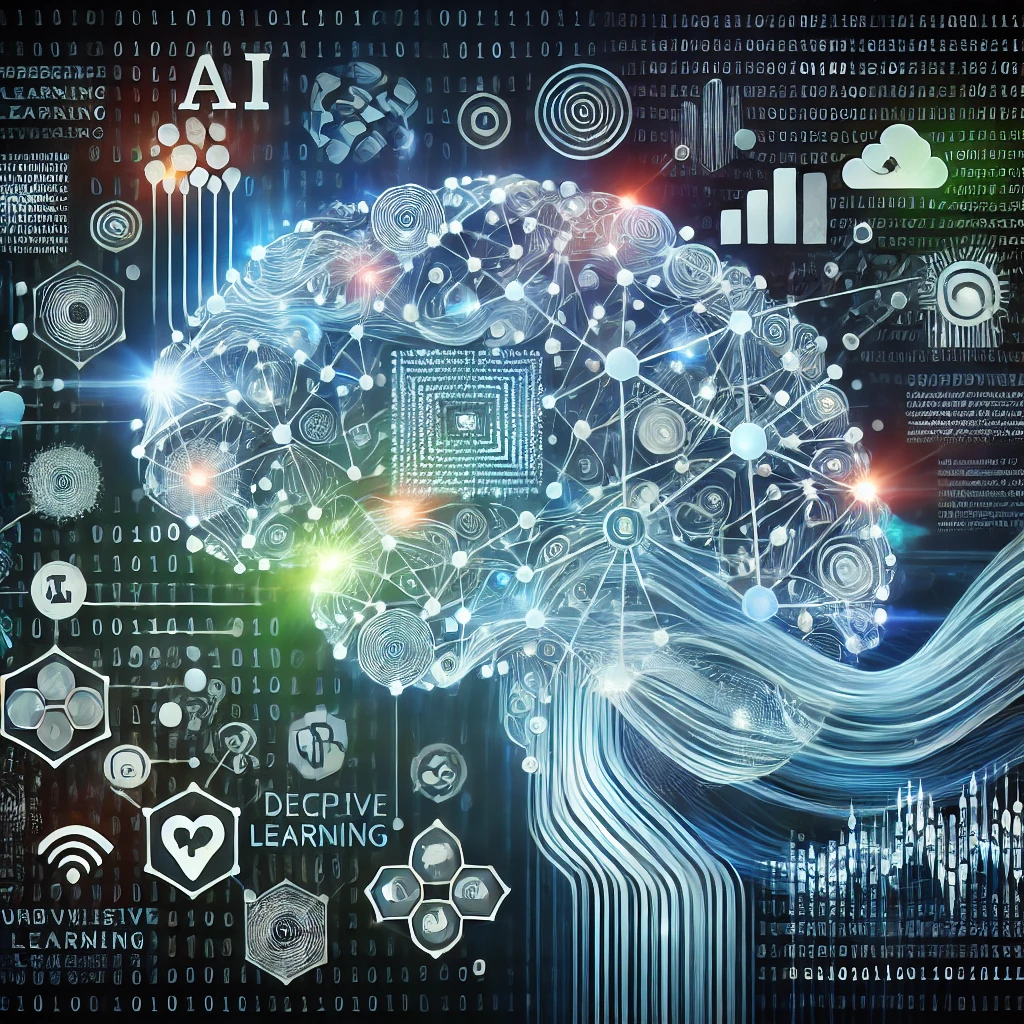Understanding AI Models: Ultimate Modern Artificial Intelligence Guide

Categories:
4 minute read
Artificial Intelligence (AI) models have become an integral part of our digital landscape, powering everything from the virtual assistants on our phones to complex systems that help doctors diagnose diseases. In this comprehensive guide, we’ll explore what AI models are, how they work, and their impact on various industries.
What Are AI Models?
At their core, AI models are sophisticated computer programs designed to process information and make decisions or predictions based on patterns they’ve identified in data. Think of them as highly advanced pattern recognition systems that can learn from examples rather than following rigid, pre-programmed rules.
These models come in various types and sizes, each designed for specific tasks:
Machine Learning Models
The most fundamental category of AI models relies on statistical techniques to learn from data. These models improve their performance as they process more information, similar to how humans learn from experience. Common examples include:
Decision Trees: Used for classification and prediction tasks
Random Forests: Combining multiple decision trees for better accuracy
Support Vector Machines: Effective for categorizing data into distinct groups Deep Learning Models
A more complex subset of machine learning, deep learning models are inspired by the human brain’s neural networks. They consist of multiple layers of interconnected nodes that process information in increasingly abstract ways. Popular architectures include:
Convolutional Neural Networks (CNNs): Specialized for image recognition
Recurrent Neural Networks (RNNs): Designed for sequential data like text or time series
Transformers: Powering modern language models and revolutionizing natural language processing
How AI Models Learn
The learning process for AI models typically follows three main approaches:
Supervised Learning
In this approach, models learn from labeled data – examples where the correct answer is provided. It’s like having a teacher who shows you the right answer while you’re learning. This method is commonly used in:
Spam detection
Image classification
Speech recognition
Medical diagnosis Unsupervised Learning
These models work with unlabeled data, finding patterns and relationships without being told what to look for. Applications include:
Customer segmentation
Anomaly detection
Recommendation systems
Pattern discovery in large datasets Reinforcement Learning
Similar to how animals learn through reward and punishment, these models improve through trial and error. They’re particularly useful in:
Game playing AI
Robotics
Autonomous vehicles
Resource management
The Impact of AI Models Across Industries
Healthcare
AI models are transforming medical care through:
Early disease detection
Drug discovery
Personalized treatment plans
Medical image analysis
Patient care optimization Finance
The financial sector leverages AI models for:
Fraud detection
Risk assessment
Algorithmic trading
Customer service automation
Credit scoring Transportation
AI is revolutionizing how we move:
Self-driving vehicles
Traffic prediction
Route optimization
Maintenance scheduling
Safety systems Education
The educational landscape is being enhanced through:
Personalized learning paths
Automated grading
Student performance prediction
Content recommendation
Administrative task automation
Challenges and Considerations
While AI models offer tremendous potential, they also present several challenges that need careful consideration:
Data Quality and Quantity
Models are only as good as the data they’re trained on. High-quality, diverse, and representative data is essential for:
Accurate predictions
Unbiased results
Robust performance
Reliable decision-making Ethical Considerations
As AI models become more prevalent, ethical concerns include:
Privacy protection
Bias mitigation
Transparency
Accountability
Fair access Technical Limitations
Current challenges in AI model development include:
Computational requirements
Energy consumption
Model interpretability
Generalization ability
Resource constraints
The Future of AI Models
The field of AI is rapidly evolving, with several exciting developments on the horizon:
Multimodal Models
Future models will better integrate different types of data:
Text and images
Speech and video
Sensor data
Biological signals Enhanced Efficiency
Researchers are working on:
Smaller, more efficient models
Reduced energy consumption
Faster training times
Better resource utilization Improved Accessibility
The democratization of AI through:
User-friendly tools
Cloud-based solutions
Open-source projects
Educational resources
Conclusion
AI models represent a remarkable achievement in computer science and continue to push the boundaries of what’s possible. As these systems become more sophisticated and accessible, their impact on society will only grow. Understanding their capabilities, limitations, and implications is crucial for anyone looking to navigate our increasingly AI-driven world.
Whether you’re a business leader, developer, or simply someone interested in technology, staying informed about AI models is essential. As we move forward, the key will be balancing innovation with responsibility, ensuring these powerful tools benefit society while addressing important ethical and practical considerations.
Remember that AI models are tools that augment human capabilities rather than replace them entirely. By understanding their proper role and application, we can better harness their potential while maintaining human oversight and judgment in critical decisions.
Feedback
Was this page helpful?
Glad to hear it! Please tell us how we can improve.
Sorry to hear that. Please tell us how we can improve.